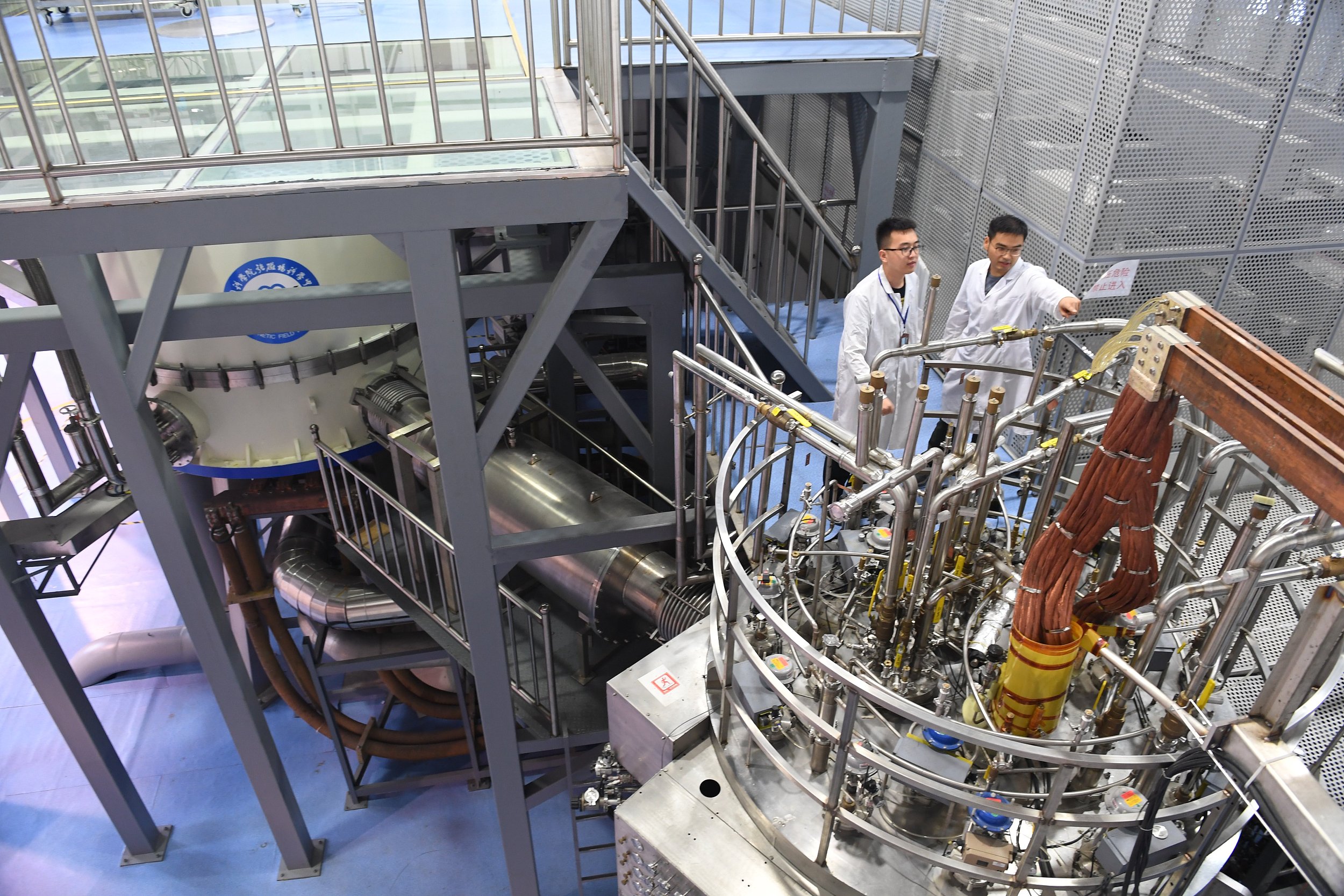NSFC and Gates Foundation Launch a Joint Program to Foster Innovation in Vaccine Technologies
By CHEN Chunyou
The National Natural Science Foundation of China (NSFC) and the Bill & Melinda Gates Foundation announced a joint program on April 28 to support the research and development of innovative vaccine technologies, with the aim to increase access and coverage of lifesaving vaccines across low- and middle-income countries (LMICs) that continue to be affected disproportionately by infectious and contagious diseases.
The joint program is a part of the collaboration between the NSFC and the Gates Foundation in the fields of global health and development since 2021, which encourages more international collaboration on research and innovative solutions for global health and development issues. This year's program calls for proposals on two areas: innovation of RNA vaccines and vaccine controlled-release delivery technologies, both will improve the accessibility of vaccines in LMICs.
The development of RNA vaccine technologies came into focus for the fast speed at which RNA vaccines could be developed and proven safe and effective. Researchers around the world are continuing to explore the potential of RNA vaccines, hoping to use them to combat threats imposed by other deadly diseases, including AIDS, tuberculosis, and malaria. RNA vaccines, compared with traditional vaccines, are easier and faster to develop and manufacture. They could potentially help expand access to high-quality and effective vaccines across LMICs, hence addressing a crucial equity gap in global health. More specifically, the proposals of the program should focus on improving the durability and efficacy of vaccine responses with optimized RNA based technical platforms for better applications in LMICs.
Innovation in vaccine delivery technologies could help further improve vaccine accessibility and coverage. Unlike injection with a syringe, microneedle patches (MAPs) allow the vaccine to be delivered into the skin, removing the need for complicated cold-chain transportation of the vaccines or trained medical personnel for the administration. They could be used to protect the hardest groups to reach via conventional vaccination methods. Vaccine controlled-release technologies can further enable vaccine delivery, such as reducing multiple-dose immunization to a single dose by releasing antigens in a programmable manner, optimizing antigenic immunity by slowly and continuously releasing antigenic components, or encapsulating various antigenic components of a vaccine dose in their respective microenvironments to form a combination vaccine that can protect against a range of pathogens.
"Global health needs our joint action," said Mr. Lan Yujie, vice president of the NSFC. "I look forward to more fruitful outcomes from Chinese researchers together with their foreign counterparts, both of whom will benefit from more collaboration."
"Continued innovation plays a critical role in accelerating access to better, newer lifesaving vaccines," said Dr. Zheng Zhijie, director of the China Country Office at the Gates Foundation. "The foundation is committed to working with Chinese partners and supporting more such efforts as this joint program with the NSFC that will help reduce the infectious disease burden borne by LMICs."
The joint program will fund up to six proposals on vaccine innovation. Each proposal, if selected, will be granted up to 1,500,000 RMB by the NSFC and 200,000 USD by the Gates Foundation. Female researchers are highly encouraged to apply.


